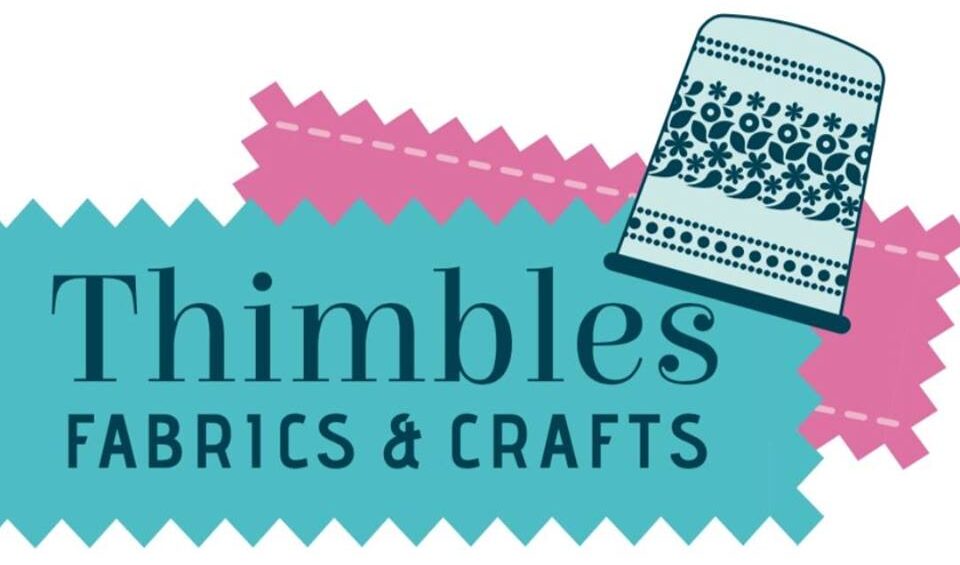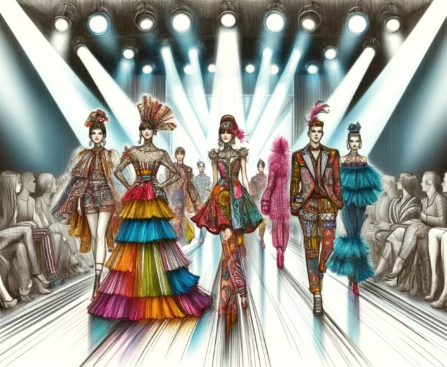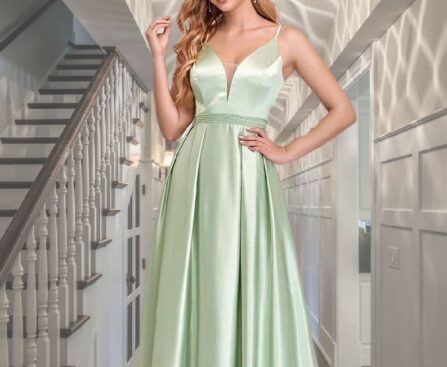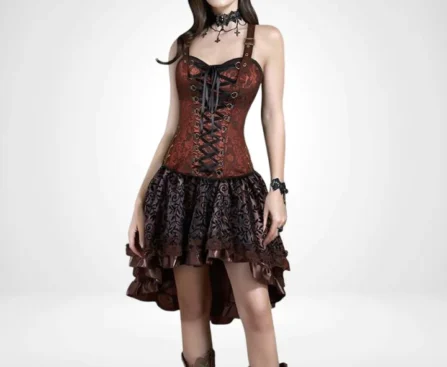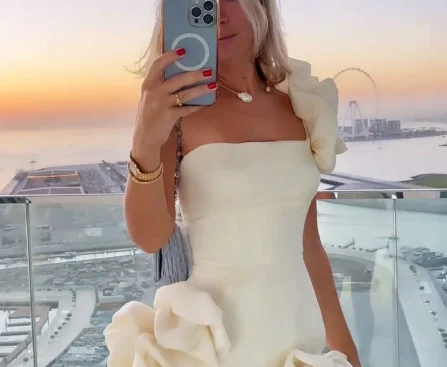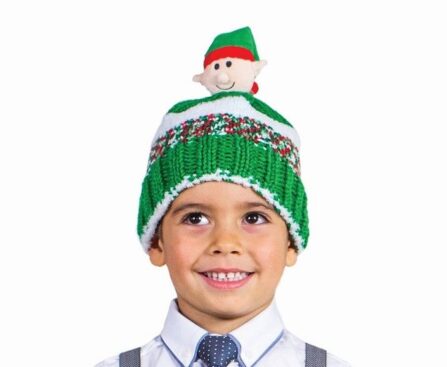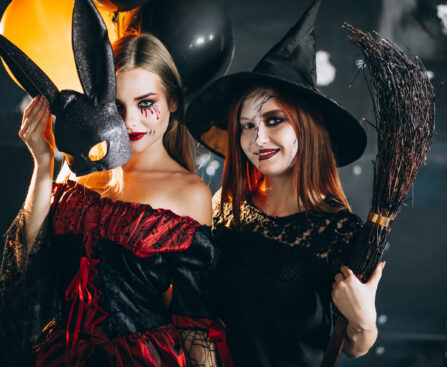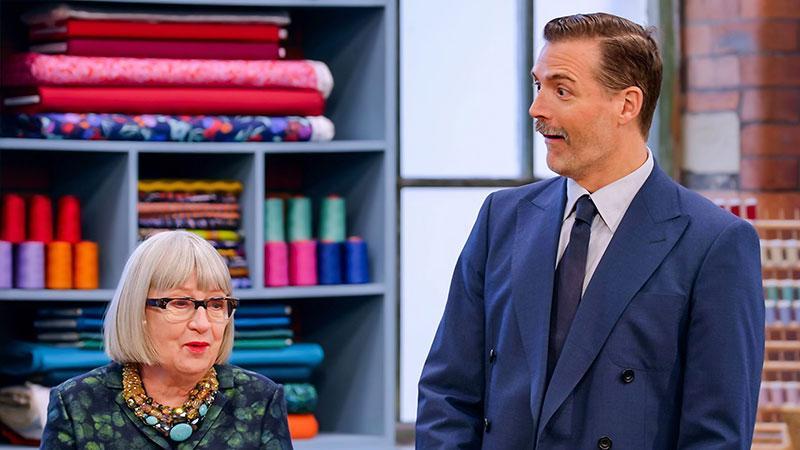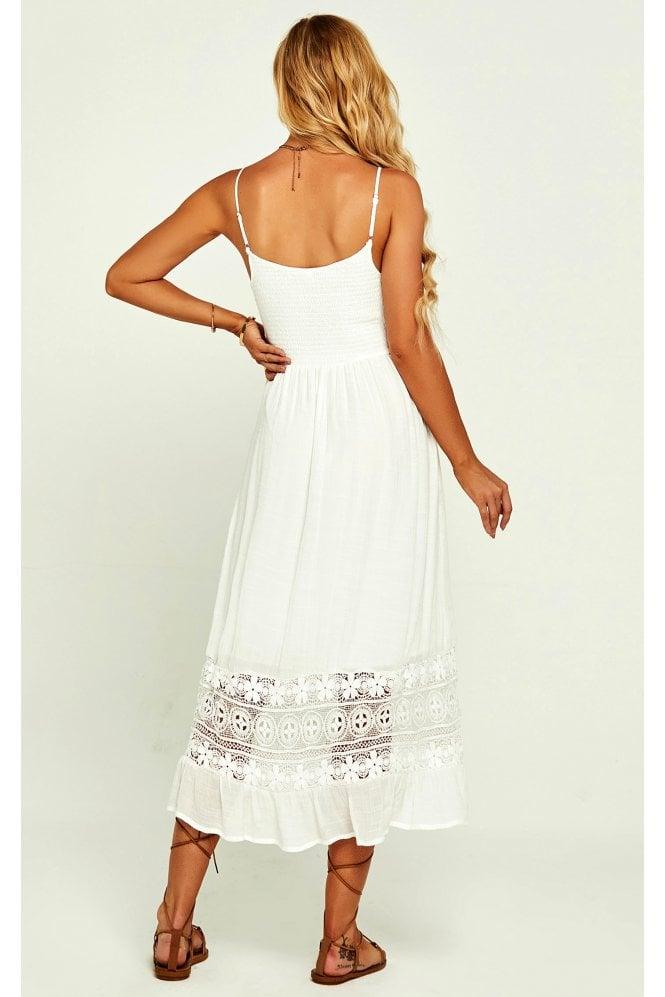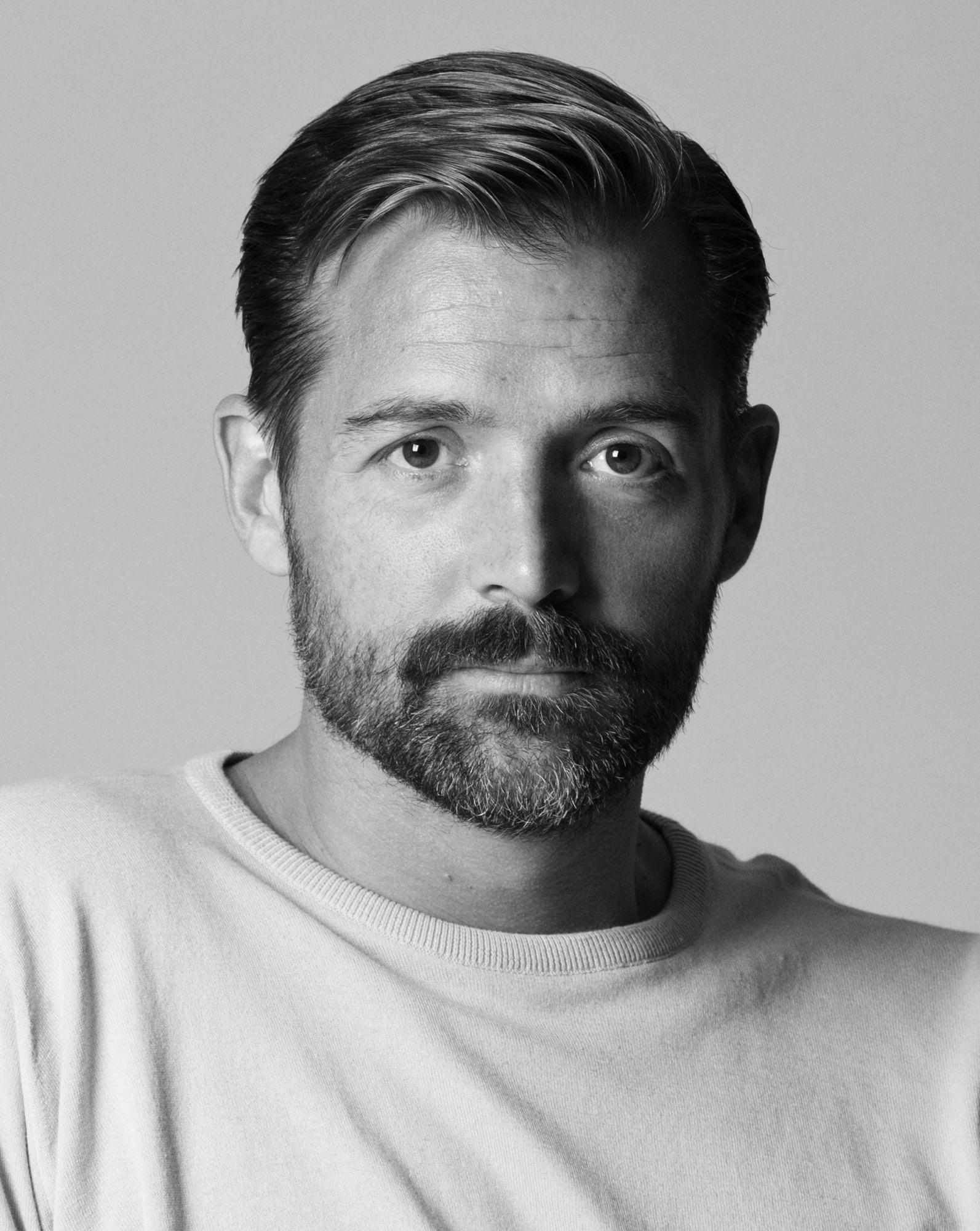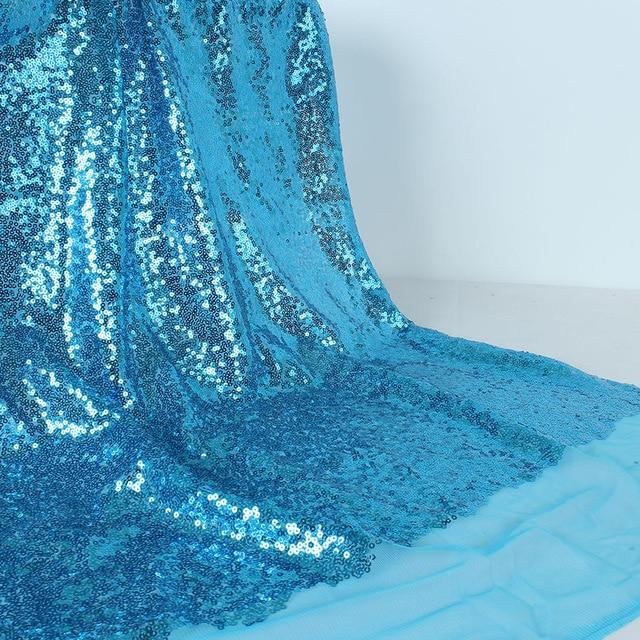Technology has significantly influenced the fashion industry, bringing about changes that were unimaginable just a few years ago.
Quilting, an age-old craft, transcends merely creating snug blankets for chilly winter nights. As the mercury climbs and the allure of summer evenings beckons, quilting adapts, offering both a delightful pastime and a stylish way to enhance outdoor gatherings. This exploration delves into the nuances of quilting specifically tailored for summer evenings spent under the […]
Embrace avant-garde silhouettes and styles that defy convention and captivate the imagination.
As the fashion world looks ahead to the summer of 2024, anticipation is high for the trends that will dominate runways and wardrobes alike. Through data analysis and trend forecasting, we’ve unearthed some exciting predictions that are set to redefine summer style. From innovative fabrics to daring silhouettes and eye-catching accessories, here’s what the future […]
Hey there, knitting enthusiasts! As we step into the heart of winter, what better way to stay cozy and stylish than by picking up your knitting needles and diving into some easy and fun projects? In this guide, we’ll explore a myriad of delightful knitting ideas that not only bring joy but also showcase the […]
As Halloween approaches, it’s time to immerse yourself in the world of imagination and embark on the journey of creating standout Halloween costumes. Whether your goal is to inspire fear, delight, or simply astonish, the secret to a memorable Halloween ensemble lies in the careful selection of materials, shapes, techniques, colors, fabrics, and intricate details. […]
In the realm of sewing enthusiasts, the Great British Sewing Bee has become a delightful haven for creativity and innovation. As the show introduces a plethora of inspiring patterns and shopping lists, sewing aficionados around the world eagerly embrace this wonderful opportunity to unleash their imagination and craft breathtaking masterpieces. In this article, we’ll take […]
Introduction In this comprehensive guide, we delve into the world of fabrics featured on the hit show “The Great British Sewing Bee.” As passionate sewers and fashion enthusiasts, we understand the importance of selecting the right fabric for any project. Join us as we explore the fabrics chosen by the contestants, their unique qualities, and […]
Patrick Grant: From Camp Counsellor to Fashion Icon Introduction In this article, we delve into the fascinating journey of Patrick Grant, the beloved judge of BBC One’s heartwarming reality series, The Great British Sewing Bee. From his humble beginnings as a camp counsellor in California to his rise as an award-winning fashion designer, Patrick Grant’s […]
Sequins Fashion in Dressmaking In the captivating world of fashion, there are certain elements that hold a timeless allure. One such element is the sequin, a small, shiny adornment that adds a touch of glamour to any garment. The history of sequins is as intriguing as the sparkling pieces themselves. Join us on a journey […]
